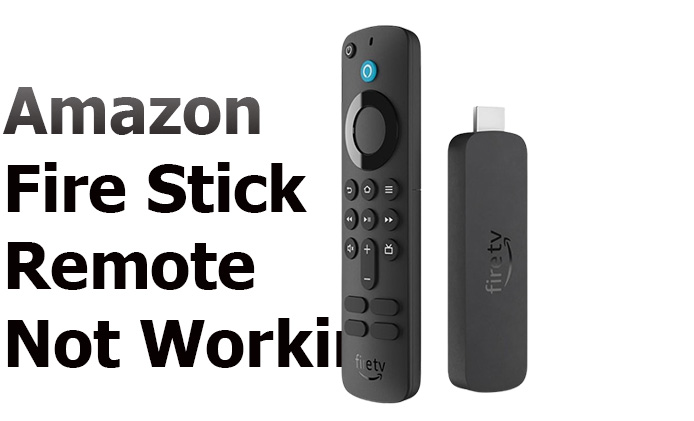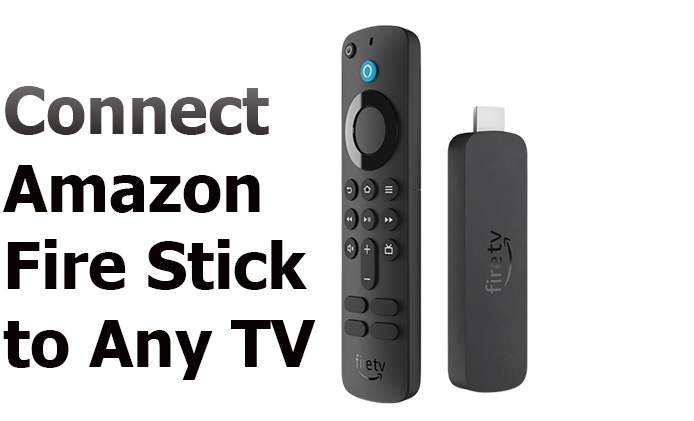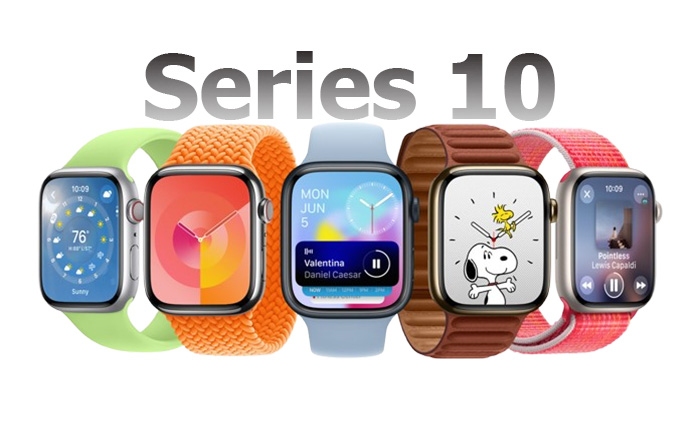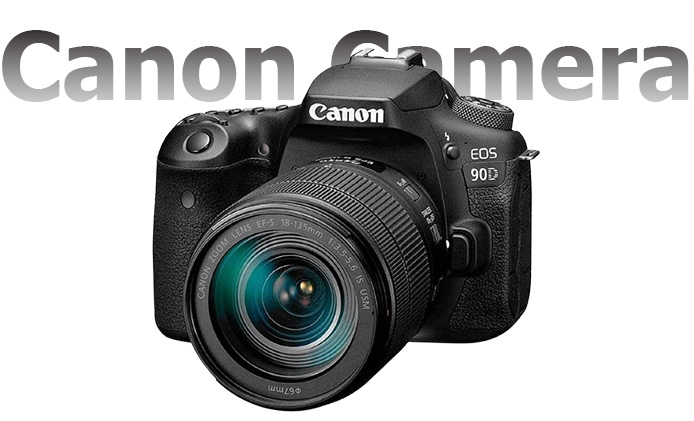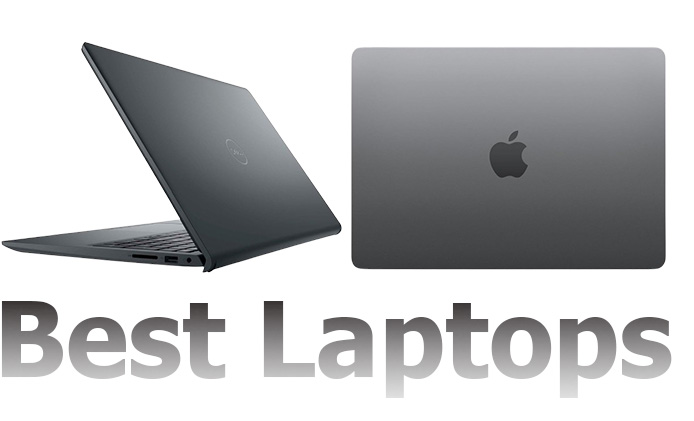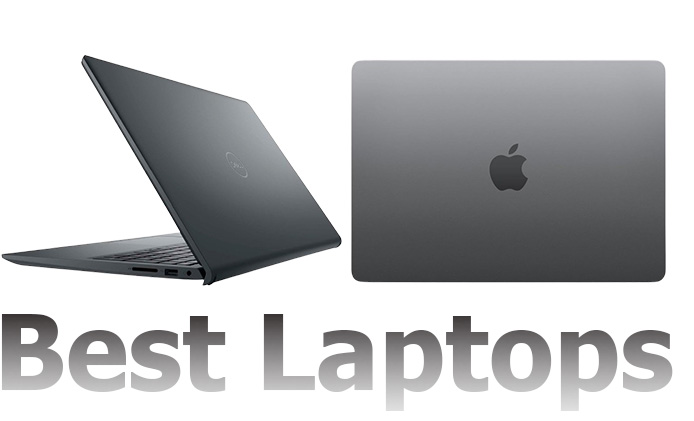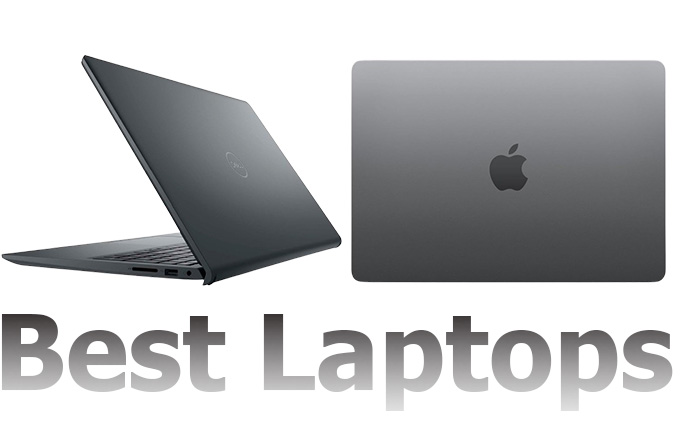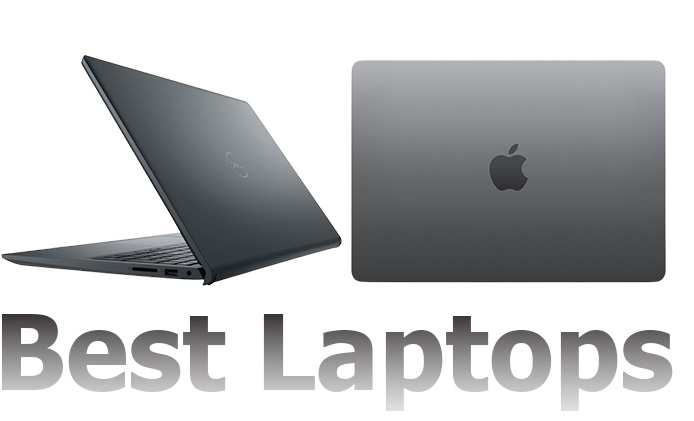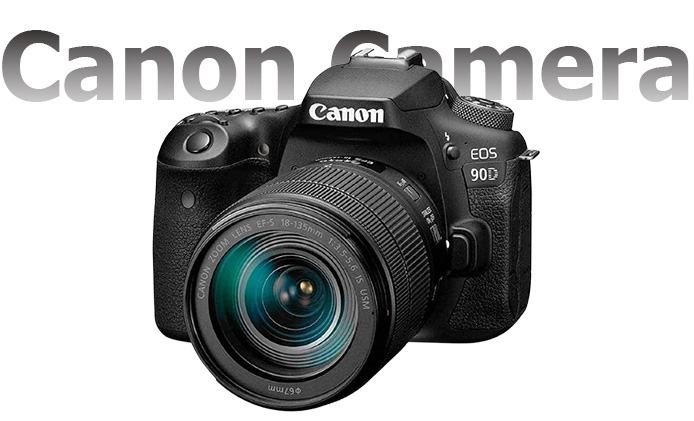The foldable smartphone market is evolving quickly, and Huawei’s Mate XT is positioned to be a major disruptor. Billed as the world’s first tri-folding smartphone, the Mate XT introduces a Z-shaped fold that’s a significant departure from conventional foldables.

But is Huawei’s Mate XT the future of foldables or just another gimmick in a crowded market? Let’s dive deep into the key features of this innovative device and explore its strengths and potential pitfalls.
Key Takeaways:
- Huawei’s Mate XT features a unique tri-fold design, setting it apart from traditional foldable smartphones.
- The device has a 10.2-inch 3K display when fully unfolded, providing a true tablet experience.
- 5600mAh silicon-carbon battery with 66W fast charging supports slim design without sacrificing battery life.
- Its 50MP variable aperture camera promises top-tier mobile photography.
- Durability and usability in daily life remain concerns due to the tri-fold mechanism.
Huawei Mate XT Hands-On
Huawei has always been a front-runner in smartphone innovation, and the Mate XT is no exception. Its Z-shaped foldable design is unlike anything we’ve seen before, especially in a market dominated by V-shaped inward folding devices like the Samsung Galaxy Fold series. When folded, the Mate XT feels like a compact smartphone, but once unfolded, it transforms into a 10.2-inch tablet, rivaling some full-sized tablets on the market.
One of the standout features is the phone’s incredible thinness, measuring just 12.8mm when folded. This is barely thicker than Samsung’s Galaxy Z Fold 6, which stands at 12.1mm folded. The tri-folding design not only allows for this compact form but also provides greater screen real estate than traditional foldables. However, the complexity of this design could lead to concerns regarding its long-term durability, especially with the inevitable crease visibility that most foldables face after repeated use.
Key Features of Mate XT Design:
- Tri-Fold Z Design: Folds in two directions for compactness.
- Ultra-Slim Profile: 12.8mm thickness when folded.
- 10.2-inch 3K Display: Larger than most foldables when fully unfolded.
- Crease Durability: Visible but well-optimized for a seamless user experience.
Display: Bigger, Brighter, and Better?
The display is one of the defining features of Huawei’s Mate XT. Once unfolded, the device provides an impressive 10.2-inch 3K screen, which offers a tablet-like experience. This makes it ideal for a range of uses, from productivity tasks like document editing to immersive media consumption. The display’s 3K resolution ensures high-quality visuals, whether you’re watching movies or scrolling through social media.
This massive screen real estate puts the Mate XT ahead of many competitors, offering users a larger surface area while maintaining portability. Paired with an optional keyboard accessory, the Mate XT can function as a near-laptop replacement, making it an excellent choice for professionals who need a mobile workspace.
Here’s a quick comparison between the Mate XT and its competitors:
| Device | Display Size | Resolution | Fold Type |
|---|---|---|---|
| Huawei Mate XT | 10.2 inches | 3K | Z-fold |
| Samsung Galaxy Z Fold 6 | 7.6 inches | QHD+ | Inward V |
| Oppo Find N3 | 8.0 inches | 2K | Inward V |
Verdict: While Huawei offers the largest foldable screen on the market, it remains to be seen how users adapt to its tri-fold system. Will the novelty wear off, or is this the future of foldables?
Camera: Flagship-Level Photography on a Foldable?
Huawei is known for delivering top-notch camera systems, and the Mate XT is no different. The phone comes equipped with a 50MP primary camera, featuring a variable aperture that ranges from f/1.4 to f/4.0. This allows users to take stunning photos in both low-light and bright environments. The 12MP ultra-wide lens adds more versatility, while the periscope telephoto lens (also 12MP) is perfect for zoomed-in shots.
However, one area that stands out is the Mate XT’s front-facing camera. It includes a high-quality 8MP lens designed for selfies, making it one of the better front-facing cameras among foldables. AI enhancements help improve image quality across the board, ensuring that your photos remain sharp and vibrant.
Battery & Charging: Compact Yet Capable
One of the most impressive feats of the Mate XT is its 5600mAh silicon-carbon battery. Despite the phone’s incredibly thin profile, the battery remains powerful, ensuring all-day usage. The device also supports 66W fast charging, which means users can top up their battery quickly, even with heavy use. This blend of power and efficiency is made possible through advanced silicon-carbon technology, which allows the battery to be thinner without sacrificing capacity.
However, battery life in real-world use is always a concern with foldables, especially one as large as the Mate XT. How will it perform with prolonged usage? While the initial hands-on reviews are promising, only time will tell how well it manages power consumption during multitasking and heavy app use.
Usability & Performance: Daily Usage Challenges?
The Mate XT’s performance is expected to be flagship-level with a powerful chipset, though Huawei hasn’t specified whether it will feature their Kirin processor or a Qualcomm chip. What’s more intriguing is how software optimizations are being tailored for its tri-fold display. Huawei’s interface will need to support seamless transitions between folded and unfolded modes while maximizing the multitasking potential of the larger screen.
However, early testers note that the tri-folding mechanism takes some getting used to. While the device offers incredible functionality, the unconventional folding style might be a hurdle for some users, especially those accustomed to simpler designs like the Galaxy Z Fold series. Whether this is a major flaw or a feature people will adapt to remains to be seen.
Pricing & Availability
The Huawei Mate XT is set to be released on September 20, 2024, in China, with international availability expected soon after. Pricing remains undisclosed, but it’s clear that this device will target premium buyers. Given its innovative features and flagship-level specs, it’s likely to be priced similarly to high-end foldables like the Samsung Galaxy Fold series.
Conclusion: Is Huawei’s Mate XT the Future of Foldables?
After a hands-on look, it’s clear that the Huawei Mate XT is pushing the boundaries of foldable technology. With its tri-fold design, large 10.2-inch display, and flagship-level camera system, it’s undoubtedly one of the most advanced smartphones in the market. However, the folding mechanism’s durability, as well as its overall usability, will determine whether this device becomes a game-changer or simply a niche innovation.
Final Verdict: Is the Mate XT a gimmick or the future? It may be a bit of both. For those seeking cutting-edge tech, the Mate XT offers something unique. But whether it becomes the norm for foldables or remains a one-off remains to be seen.
Also Check:
- How to Connect Your Amazon Fire Stick to Any TV
- I’ve Worn Every Apple Watch, But the Series 10 Made Me Question Everything I…
- No cables, no hassle, no delay: Canon Has Found Yet Another Way to Make…
- Best Laptop Computers at Best Buy: Your Ultimate Guide
- Best Laptops for Students: Best Picks for Performance and Budget in 2024
